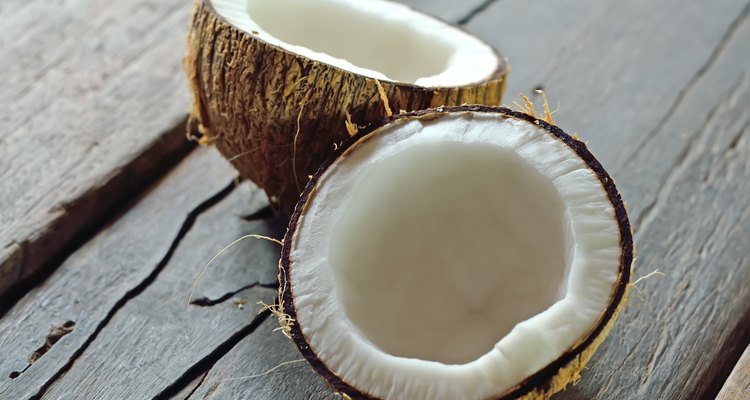
panda3800/iStock/Getty Images
Coconut fiber, also known as coir, comes from the inner husk of coconuts. According to the University of Florida Extension, coconuts are the most widely grown nut in the world and contribute significantly to the economy of many tropical areas. The short, tough fibers can be woven or pressed together for a number of uses. Unlike man-made fibers, coconut is a renewable resource.
Rope
Coir rope resists saltwater, so it is favored for use on boats, according to the Discover Natural Fibres website. For this reason, coir is also used to make fishing nets.
Matting
Coir mats keep you from tracking dirt into the house. The mats, made of natural brown coir woven or pressed together, appeal to people who prefer a natural material over a synthetic. The stubby bristles of coir effectively remove mud and grime from shoes and stand up to the elements. When they begin to break down, you can use them as mulch in the garden or add them to a compost pile.
Landscaping
Coir serves as a substitute for peat in potting soils and landscaping materials. Coir can be used as a mulch or as a medium for hydroponic gardening. When compared to the non-renewable nature of peat moss, coir offers an environmentally friendly alternative.
Concrete
Coir provides a natural, non-toxic replacement for asbestos in the production of cement fiberboard. The fiber-reinforced concrete is strong, flexible and may be less expensive to produce than other reinforcement methods such as wire mesh or rebar, according to a paper by Ben Davis of Georgia Tech University.
Related Articles

The Definition of Agave Fiber
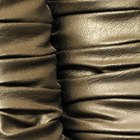
What Is Polyurethane Coated Leather?

Uses for Anhydrous Lanolin

Properties of Coconut Fiber
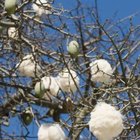
List of Plants Used for Clothing
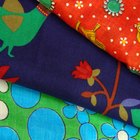
What Is Arnel Vintage Material Fabric?

How to Clean a Chamois Leather Jacket ...

Cordura Vs. Leather
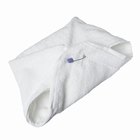
Microfleece Vs. Microplush

Types of Cotton Fabric

What Are the Uses of Vermicompost?

What Products Contain Red Phosphorus?

Difference Between Suede & Microfiber

The History of Satin Fabric

What Is Canvas Fabric?

The Effects of Organic Fertilizer on ...

How to Use Kiwi Mink Oil to Waterproof ...
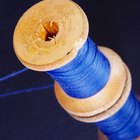
What Is a Synthetic Polyester Fabric?

How to Sew Your Own Tubular Bandana

Advantages of Vermicompost
References
Writer Bio
Cynthia Myers is the author of numerous novels and her nonfiction work has appeared in publications ranging from "Historic Traveler" to "Texas Highways" to "Medical Practice Management." She has a degree in economics from Sam Houston State University.
Photo Credits
panda3800/iStock/Getty Images